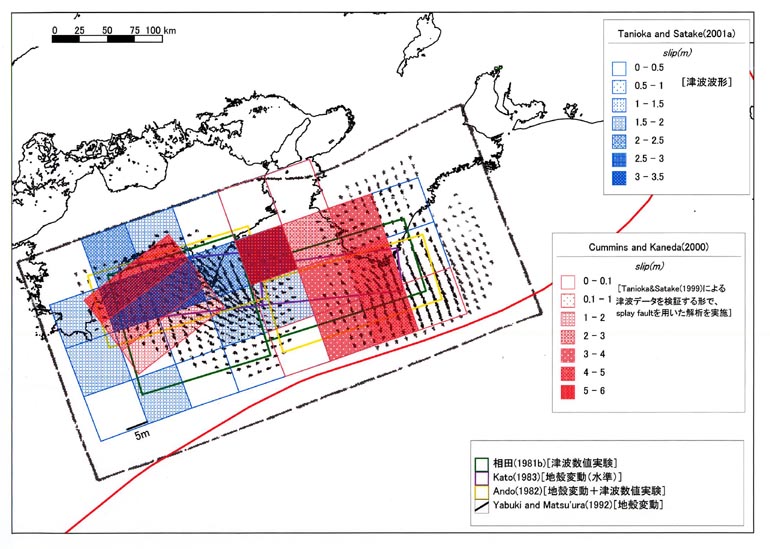New Study Reveals Cambrian Explosion Occurred Earlier Than Expected

A recent study published in the journal *Geology* indicates that the Cambrian explosion, a pivotal event in the history of life on Earth, may have occurred millions of years earlier than previously believed. This finding arises from an analysis of trace fossils, which offer insights into the behavior and ecology of ancient organisms during the Ediacaran-Cambrian transition, a crucial period for the evolution of complex life forms.
The Cambrian explosion refers to a relatively brief period, approximately 541 to 530 million years ago, when most major animal phyla appeared in the fossil record. Traditionally, this event has been regarded as a sudden burst of biodiversity, characterized by the emergence of hard-bodied organisms and a significant increase in the complexity of life. However, researchers Dr. Olmo Miguez Salas from Universitat Barcelona and Dr. Zekun Wang from the Natural History Museum in London argue that earlier life forms, specifically those from the Ediacaran period, laid the groundwork for this explosion.
"The Cambrian explosion is a unique period in the history of life that poses many unanswered questions," stated Dr. Miguez Salas. The study employs trace fossils as proxies to investigate the body profiles and behaviors of Ediacaran-Cambrian organisms, shedding light on their ecological interactions and evolutionary adaptations.
According to the findings, organisms with slender body profiles thrived around 545 million years ago, suggesting that certain evolutionary innovations, such as directional locomotion and sensory capabilities, were present in these early life forms. Dr. Wang elaborated, "These adaptations allowed early animals to thrive in increasingly dynamic environments, possibly promoting evolutionary innovations that contributed to the Cambrian explosion."
Trace fossils, which include footprints, burrows, and feeding traces, provide critical evidence of the activities and behaviors of organisms that lacked hard parts. The researchers argue that the traditional focus on hard-bodied organisms may have overlooked significant biological developments in soft-bodied life forms during the Ediacaran period. This perspective shift is crucial as it highlights the evolutionary significance of soft-bodied organisms that existed prior to the Cambrian explosion.
The study is a significant contribution to the understanding of the Ediacaran-Cambrian transition. It underscores the importance of trace fossils in reconstructing past ecological dynamics and evolutionary pathways. The implications of this research extend beyond paleontology, offering insights into the environmental conditions that fostered early complex life.
The research conducted by Dr. Miguez Salas and Dr. Wang is part of a broader effort to better understand the origins of biodiversity on Earth. As more discoveries are made, the narrative surrounding the Cambrian explosion and the evolutionary history of life is likely to continue evolving. The findings advocate for a re-evaluation of established timelines in evolutionary biology, suggesting that the roots of complex life may reach deeper into the Earth's past than previously acknowledged.
In conclusion, this study has significant implications for the field of paleontology, biology, and our understanding of evolutionary processes. As researchers continue to explore the complexities of early life on Earth, the conversation around the Cambrian explosion will undoubtedly expand, challenging existing paradigms and encouraging further inquiry into the origins of life as we know it.
Advertisement
Tags
Advertisement





